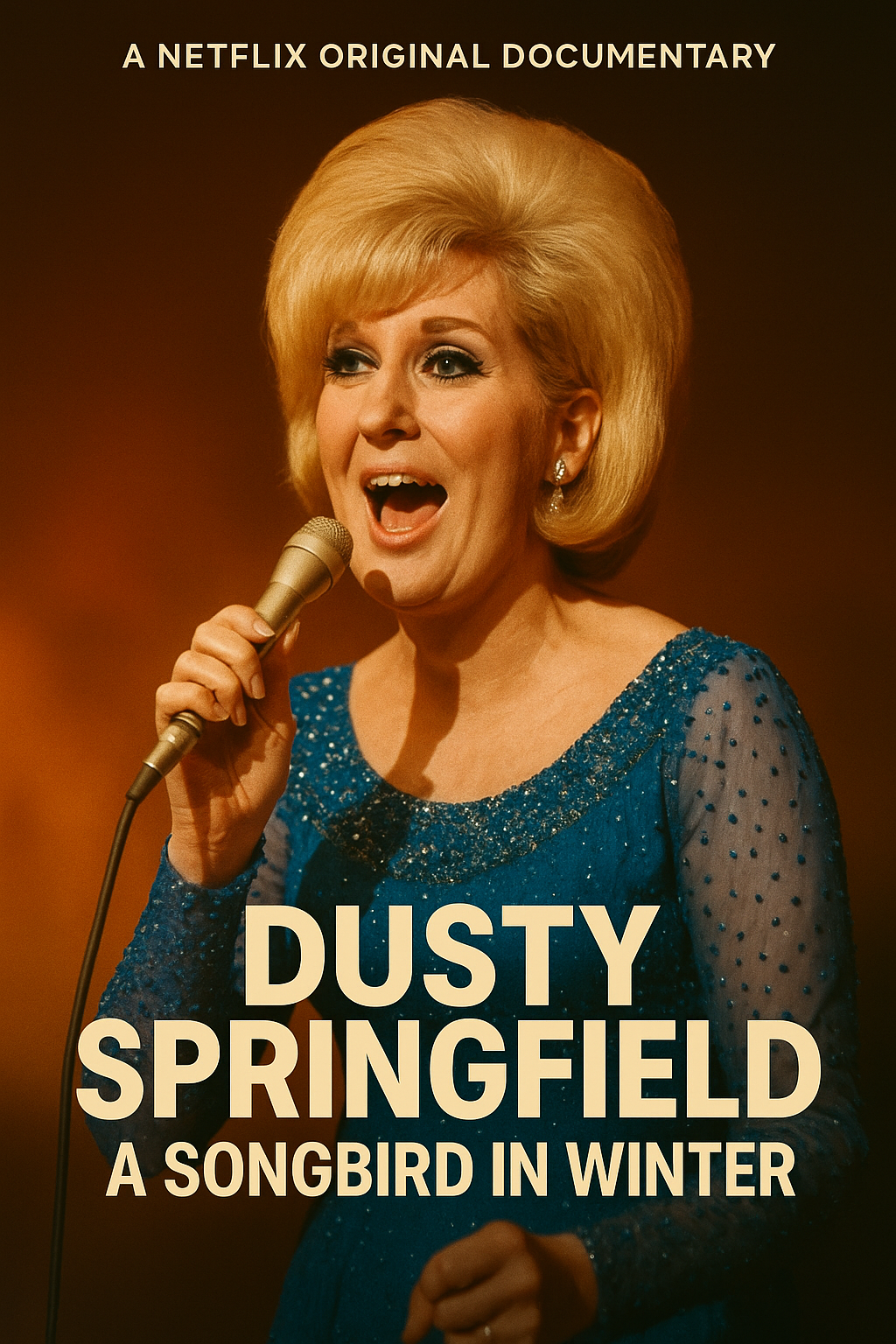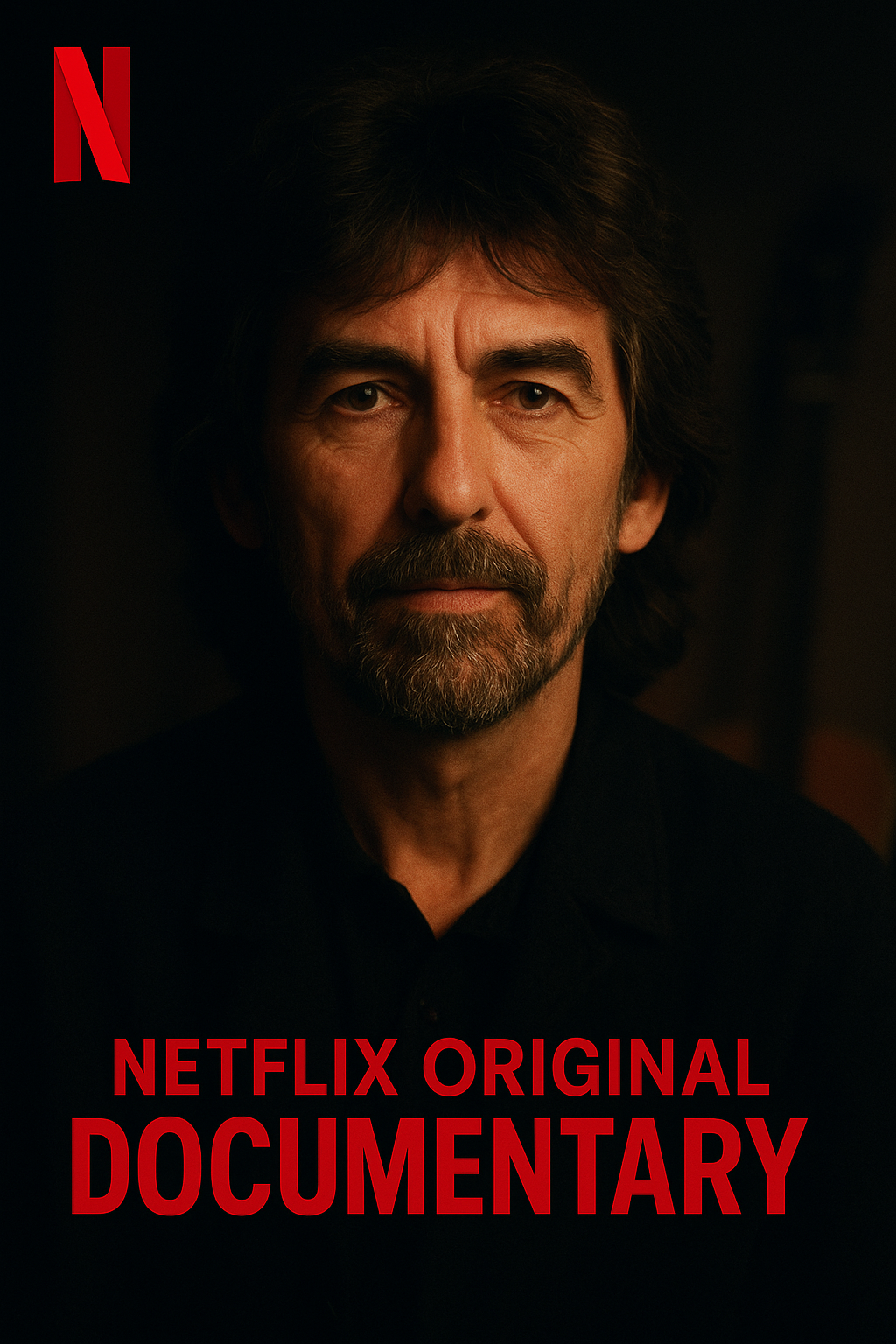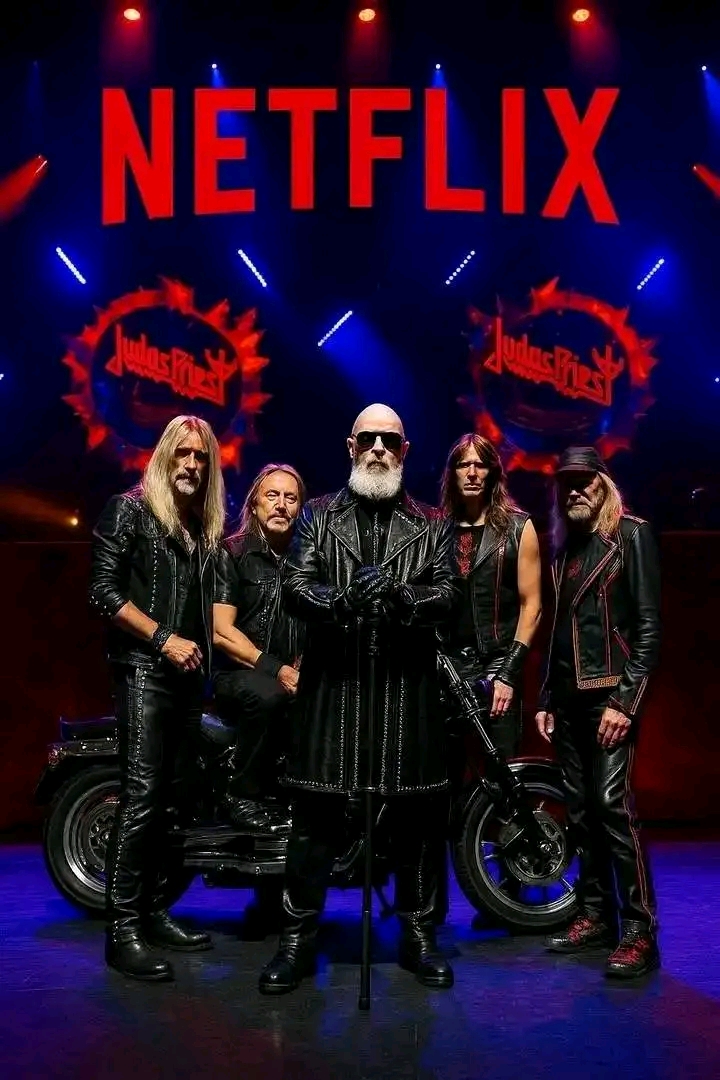Netflix has officially released the trailer for its highly anticipated Dusty Springfield documentary, sparking immediate excitement from music lovers and film enthusiasts around the world. The film, which has been quietly in production for nearly two years, promises to offer an intimate and emotionally resonant look into the life of one of Britain’s most iconic and enigmatic performers. The trailer, running just under three minutes, quickly gained viral traction online and has already generated a storm of conversation across social media platforms, fan forums, and entertainment news outlets.
The documentary, simply titled Dusty, is set to premiere globally on Netflix this fall. It aims to trace the full arc of Dusty Springfield’s remarkable career—from her modest beginnings in West Hampstead to becoming a voice that defined a generation. Using a combination of rare archival footage, restored performances, personal letters, and never-before-heard audio recordings, the film paints a multidimensional portrait of the woman behind the legend. It also features interviews with collaborators, family members, and contemporary artists who credit her with shaping their musical identities.
The newly released trailer opens with a haunting black-and-white clip of Dusty performing “You Don’t Have to Say You Love Me” in front of a silent, captivated crowd. Her iconic beehive hairstyle and smoky eye makeup are instantly recognizable, and the emotion in her voice is as raw as ever. As the trailer unfolds, viewers are taken through a journey that blends personal vulnerability with cultural impact. From her struggles with identity and mental health to the triumph of recording Dusty in Memphis, the preview teases a story filled with heartbreak, resilience, and artistic courage.
Netflix has described the film as both a celebration and a reckoning. It doesn’t shy away from the complexities of Dusty’s life. The trailer hints at candid explorations of her battles with fame, her often hidden queerness, and her deeply introspective nature. There is an especially poignant moment where a voiceover, presumably Dusty’s, reflects, “They saw the glamour. They never saw the loneliness.” That single line has already resonated powerfully with fans online, suggesting the documentary will offer more than a surface-level tribute.
Produced by the same creative team behind Netflix’s acclaimed music documentaries on Amy Winehouse and Nina Simone, Dusty boasts an impressive pedigree. Director Helena Roth and producer Marcus Telling have reportedly worked closely with Dusty’s estate to ensure authenticity, accuracy, and emotional depth throughout the project. They’ve also unearthed rare visual material—some of it never seen even by longtime fans—which is expected to be a major highlight of the film.
Music will, of course, play a central role in the documentary. According to sources close to the production, the film will include fully remastered audio tracks of some of Dusty’s greatest performances, woven carefully into the narrative to enhance key moments of her life. Songs like “Son of a Preacher Man,” “I Close My Eyes and Count to Ten,” and “Wishin’ and Hopin’” are expected to serve as both soundtrack and emotional backdrop throughout the film.
The documentary also aims to correct certain myths and fill in the gaps that have long existed around Dusty Springfield’s personal life. Through interviews with her closest confidantes, including long-time friends and collaborators, the film offers new insight into her personality—her wit, her fears, and the internal conflicts she battled while navigating a public persona. Many of these revelations come from private recordings Dusty made during therapy sessions, letters she wrote but never sent, and backstage footage that has remained locked away for decades.
Netflix’s decision to greenlight the documentary is already being praised as part of a larger effort to reintroduce cultural icons to new generations. Springfield’s influence on modern music has never faded, and artists from Adele to Sam Smith continue to cite her as a vocal blueprint. The documentary appears poised to show not just why Dusty mattered in the 1960s, but why she still matters today—in terms of style, sound, and storytelling.
Critics who’ve previewed the film in private screenings have called it “devastatingly beautiful” and “a masterclass in musical biography.” Many have commented on the respectful tone of the piece, noting that it avoids sensationalism and instead leans into emotion and nuance. It does not attempt to explain Dusty so much as it allows her story to unfold organically, in her own words and through the eyes of those who knew her best.
Reaction to the trailer has been overwhelming. On X (formerly Twitter), hashtags related to the film were trending within an hour of release. Fans are already organizing watch parties, tribute playlists, and art installations inspired by the film’s visuals. Springfield’s official fan club reported a surge in membership inquiries just hours after the trailer debuted. If this initial reception is any indication, Dusty could become one of the most talked-about music documentaries of the year.
The timing of the documentary’s release is particularly meaningful, arriving on the heels of Springfield’s announcement of her comeback tour, Echoes of the Sphere. Together, the documentary and the tour form a powerful tandem—one looking back, the other moving forward—celebrating a legacy that remains profoundly relevant. For many fans, this is more than a documentary; it’s a long-awaited moment of healing and recognition for a woman who gave so much of herself to her art, often at great personal cost.
As the premiere date approaches, anticipation will only grow. But the trailer has already accomplished what it needed to do: remind the world that Dusty Springfield was not just a voice of her time—she is a voice for all time. Netflix’s Dusty promises to be more than a film; it is an invitation to rediscover the emotional honesty, stylistic brilliance, and quiet strength of one of the greatest musical storytellers of the 20th century.



